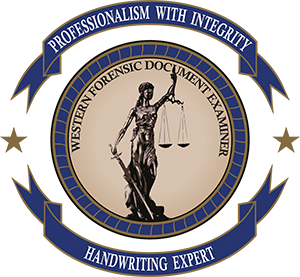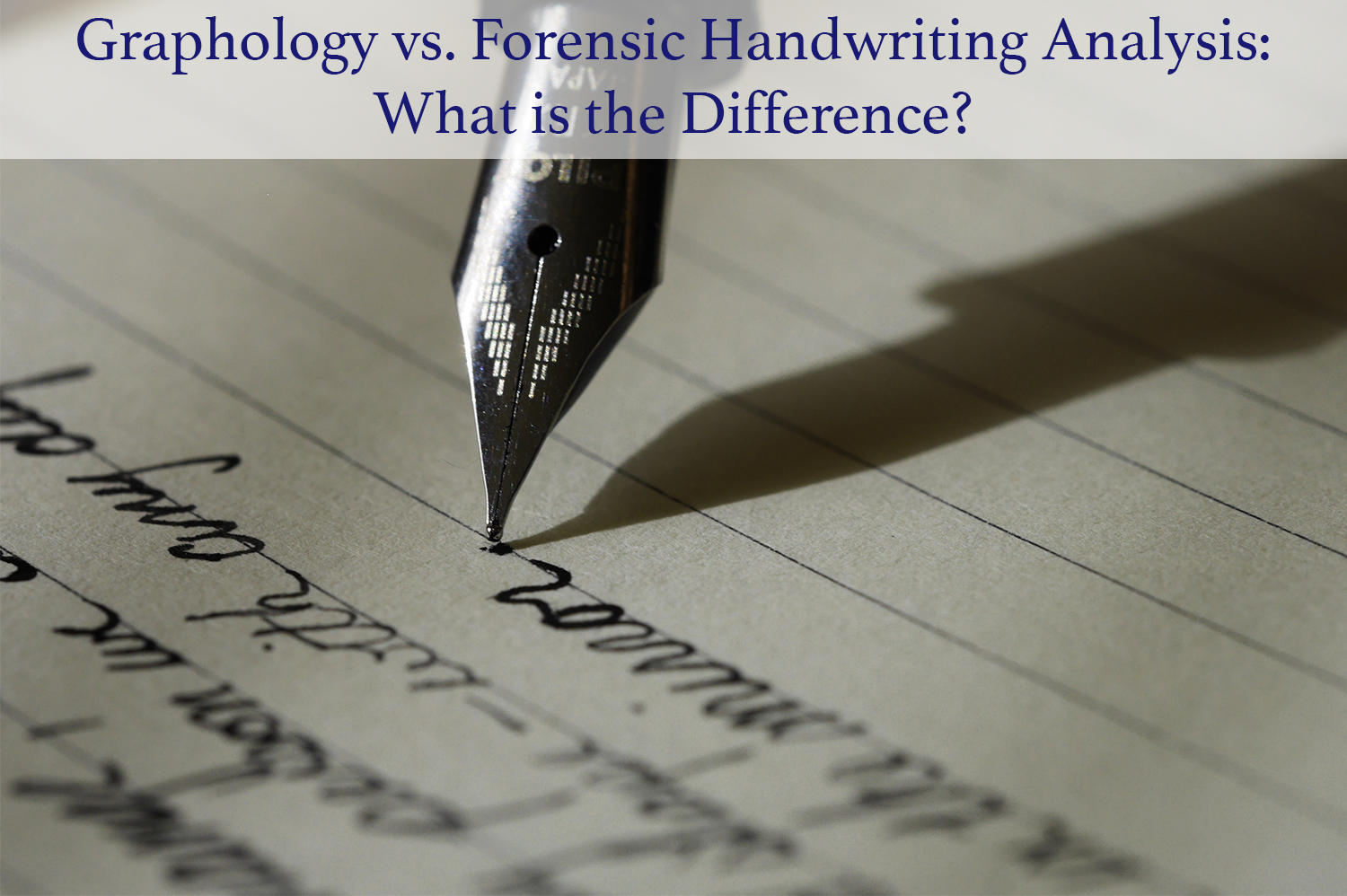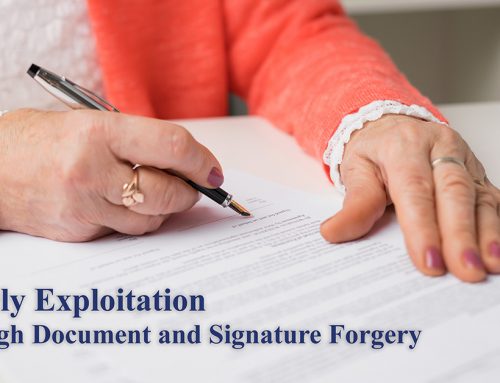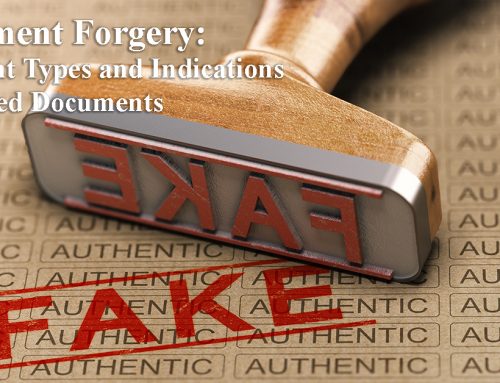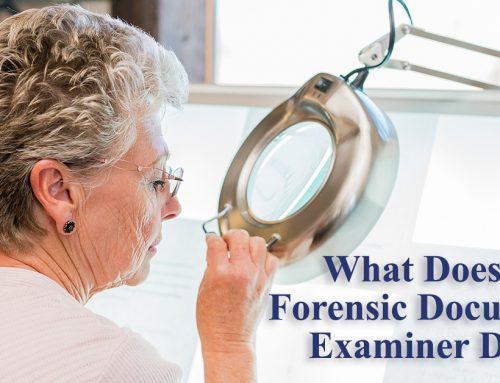When researching “handwriting expert,” you may come across the terms graphology and forensic handwriting analysis. If you’re not familiar with the industry, this can lead you to be confused. These two professions are very different and if you’re looking for someone to offer certified opinions concerning a forgery, it can lead to problems if you choose the wrong person to help. Here are the differences between graphology and forensic handwriting analysis that you should be aware of.
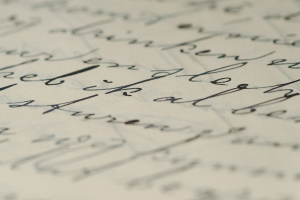
Graphology measures the structure and movement of a written form – slants, angles, and spacing – and attaches psychological interpretations to them.
Graphology
Graphology is the analysis of physical characteristics and patterns in the handwriting to evaluate personality traits. It is believed that as soon as a person learns to write, they alter the shapes and sizes in accordance with individual likes and dislikes. Graphology measures the structure and movement of a written form – slants, angles, and spacing – and attaches psychological interpretations to them.
It can be used for personality assessment, and has been used for:
- Recruitment: allegedly used to help pick out the best candidates.
- Corporate Training: believed to find and highlight staff strengths and weaknesses.
- Career Guidance: for those seeking a change of direction.
- Compatibility Assessment: for relationships, both personal and business.
Forensic Handwriting Analysis
In comparison, forensic handwriting analysis is a science based on the notion that no two people can produce the same handwriting. This is to help solve tasks in forensic examinations of texts and signatures. A forensic handwriting analyst should be able to identify whether a signature or piece of text was written by one person or different people, and confirm the genuineness of a signature.
While forensic handwriting analysis and graphology both analyze slants, angles, and spacing of writing, a forensic handwriting analyst also looks at the style of letters and numbers, the darkness of line strokes, and the formatting of words and paragraphs. Forensic handwriting analysts will also look at a variety of samples from the same person to make a comparison and be as accurate as possible.
Some forensic handwriting analysis uses includes identification and verification of:
- Forgery
- Signatures
- Letters
- Legal Documents/Contracts
- Medical Records

A forensic handwriting analyst uses scientific processes and methods to look at a document, while a graphologist does not.
The Big Difference
When it comes to graphology and forensic handwriting analysis, they both believe that each person develops individual characteristics that distinguish our handwriting from someone else as we grow and learn. But that is where most of the similarities stop. The biggest difference between the two? Graphology is an “observational science” while forensic handwriting analysis is a part of forensic science.
For graphology, there is no cold, hard scientific evidence that describes the accuracy of results. In contrast, forensic handwriting analysis does. The primary purpose of it is to provide evidence about a suspicious document using scientific processes and methods. Because of that, those in this field must have formal education, training, and certification.
Helping Find Answers
Confusing a graphologist and a forensic handwriting analyst can land you in hot water if you’re not careful. If you need a document to be examined for signs of alterations or need to identify signature forgery, I can help.
As a Forensic Document Examiner and a Handwriting Expert, I can distinguish between different styles of writing through handwriting analysis. With a variety of handwriting samples to compare, I can analyze the handwriting and use my expertise to determine if they are forged, real, or altered in some way. While I provide a free consultation, I am not an attorney, and I do not dispense legal advice. If you need legal advice, please obtain an attorney.
